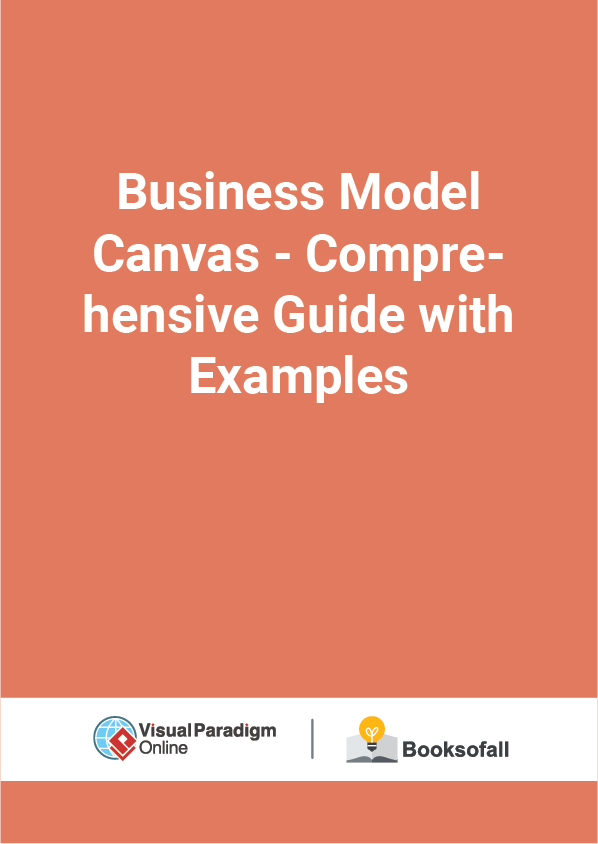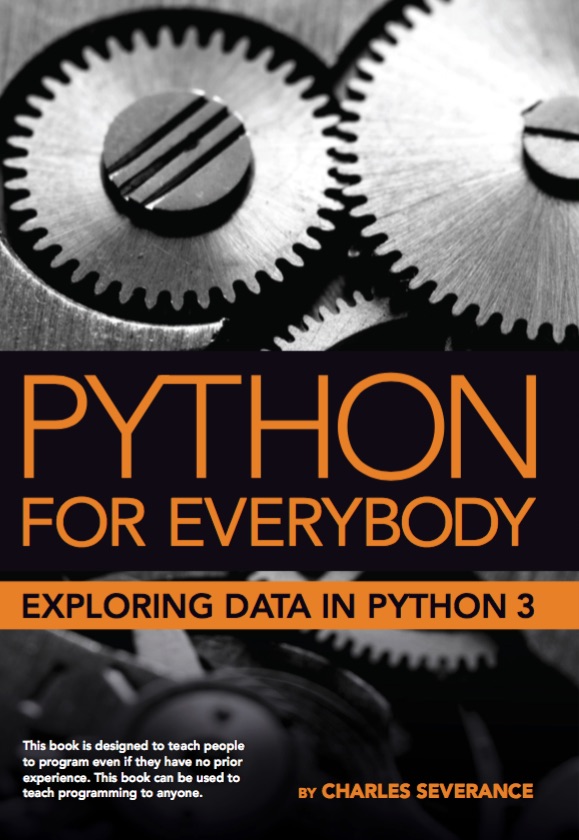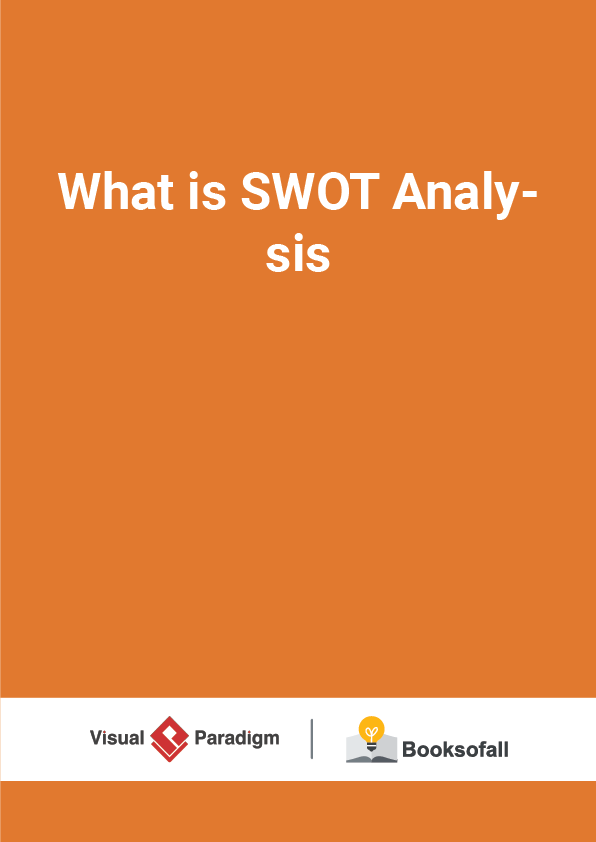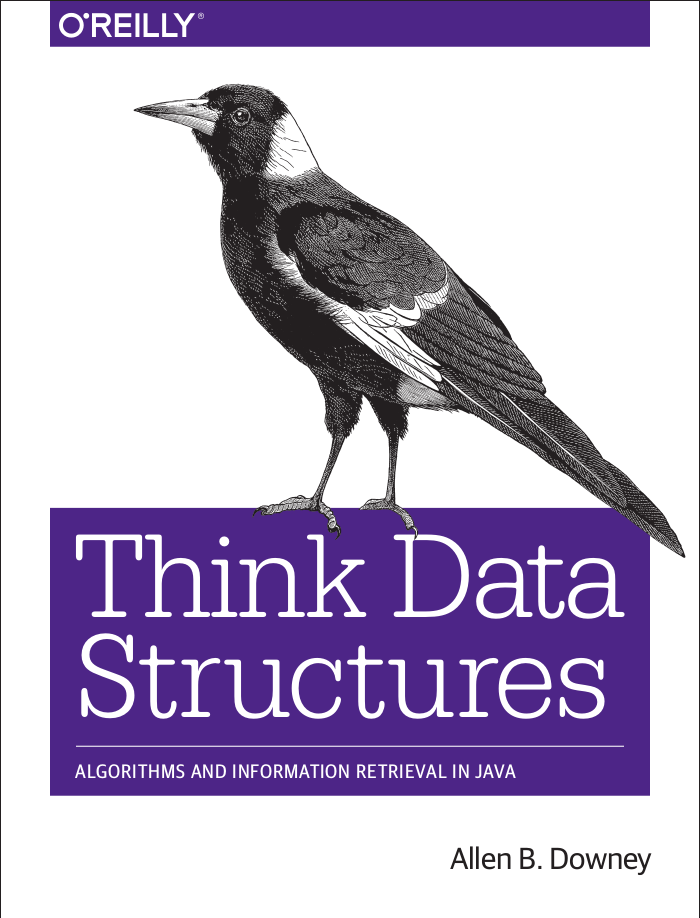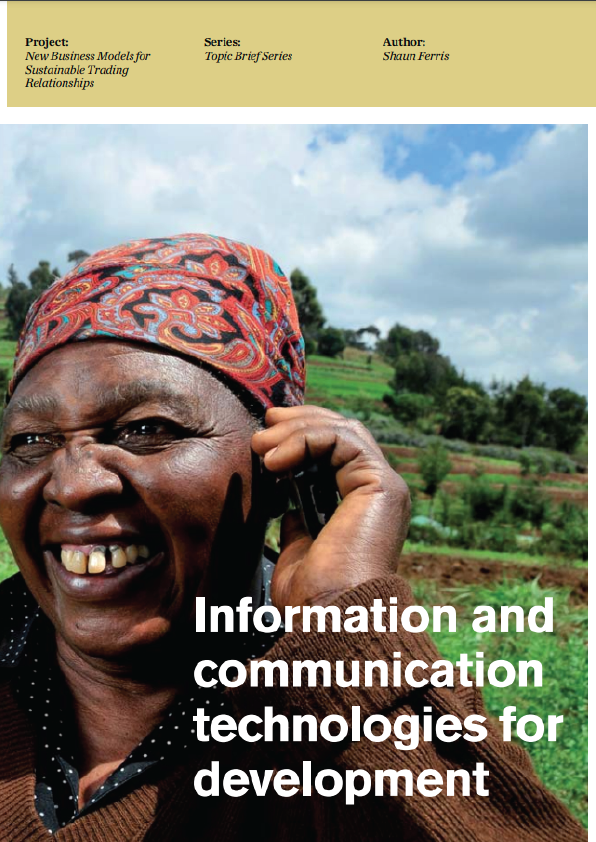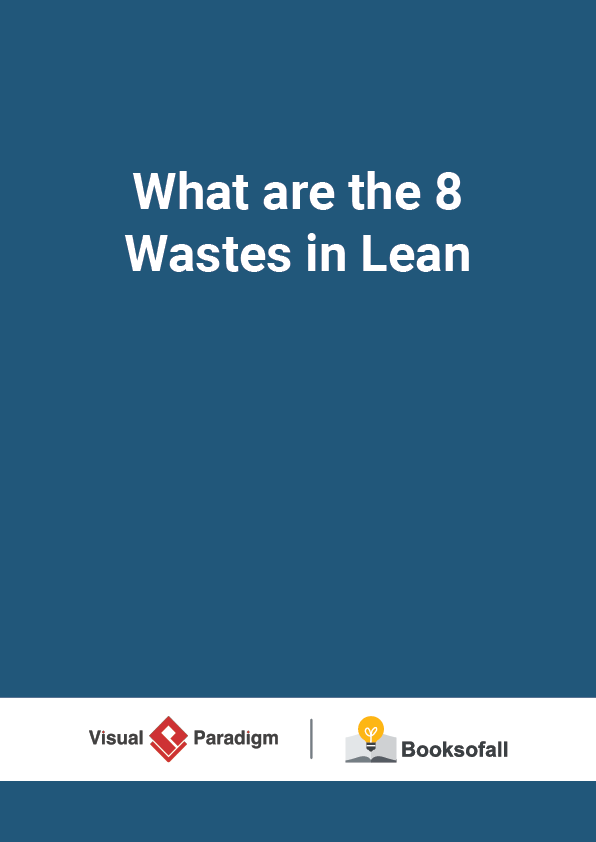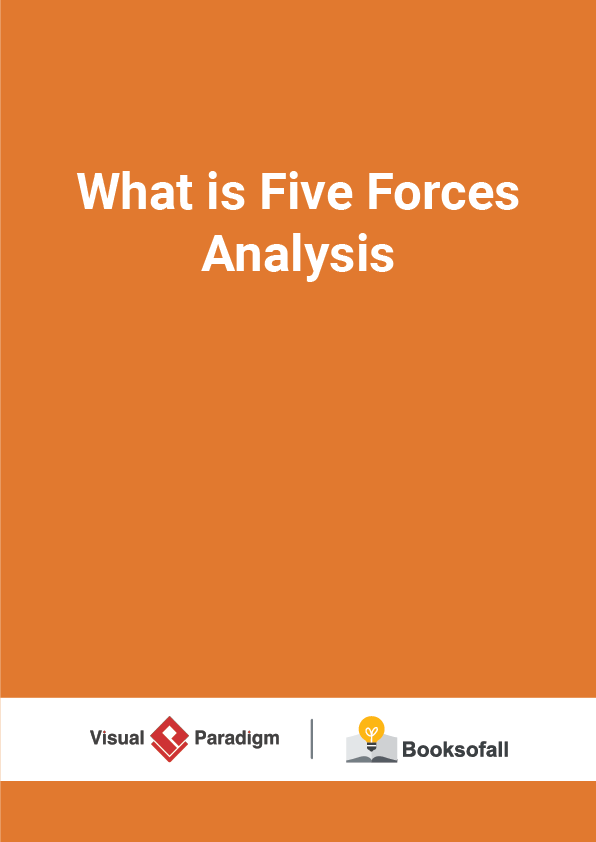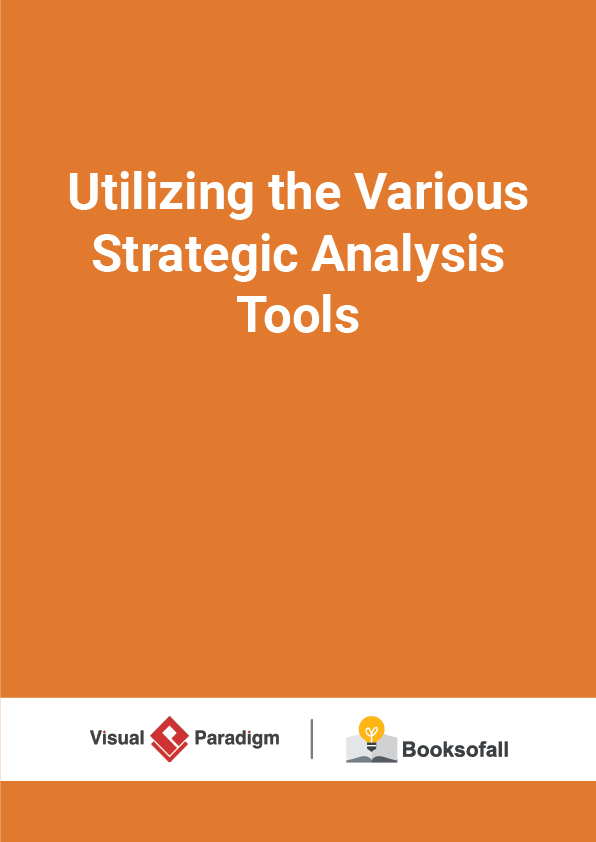Business Model Canvas – Comprehensive Guide with Examples
7-9 minutes
The Business Model Canvas (BMC) is useful for people looking to create a model or adapt the structure of their organization or development idea. It enables you to create value out of new ideas. Simply having a good idea for a new product or service is not enough if you can’t answer some key questions about how to take it forward.
The Business Model Canvas offers a concise tool for thinking through the business and keeping the key points highly visible to you, your team and your other stakeholders. It is a graphical, one-page framework that allows you to design, describe and/or challenge your business model.
Leading global companies such as MasterCard, General Electric, Adobe, and Nestlé, use the Canvas to manage strategy or create new growth engines, while start-up businesses, schools, development organizations, and other enterprises use it in their search for the right business model.
Why Use Business Modeling Canvas?
It is often very difficult to think through every single influence on your ideas and plans: how can you explain what you do, why you do it and how you do it in a simple and structured way? When you are planning or looking back at an initiative it is useful to look at how you are doing things now and how you could do them better in the future.
To get the most value from the strategic nature of the inputs and outputs, you may want to consult with many other people, both within and outside your organization. When you come to use the Canvas, you’re likely to make several revisions until you are happy with it. Business Model Canvas creates a complete overview of your strategy which includes:
- The products you should offer
- The people you should focus on
- The paths you should take
- The resources you should use to make your idea as successful as possible
Taking the time to sketch out your model and explore it in detail enables you to identify both its advantages and drawbacks so that you can make an informed decision about whether or not to commit resources to take it forward.
The Structure of Business Model Canvas
The Business Model Canvas is a single-page overview that lays out both what you do (or want to do) and how you go about doing it, enabling structured conversations around management and strategy. This visual format is useful for both existing and new organizations and businesses.
Look at the Business Model Canvas template below; you will see nine key elements. Let’s take a few moments to understand each of these elements in the sections below:
1. Value Propositions : these are the different products and services which the business offers and which create value in each of the customer segments. Value proposition enables the customers to go for the product or service that is being offered as compared to the others. It is the one that attracts the customers and which makes the customers return. Some of the characteristics of value proposition include the newness, customization, uniqueness, and quality of the product or service. Price, design, brand, and accessibility are some of the key attributes of a value proposition.
Guiding Questions:
- What is unique that is available to customers?
- Why do customers buy from your business?
- Which classes are you creating values for?
- What unique service do you offer to your customers?
2. Customer Segments : This refers to the market which the service or product is offered to. A customer segment is that part of the market targeted by the organization. In any business model, customers are at the center of the business. There is a need to classify these customers, identify their needs and satisfy the customers for the business to survive. There are different customer segments which include based on different market characteristics.
